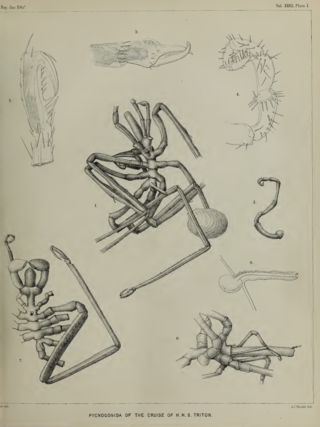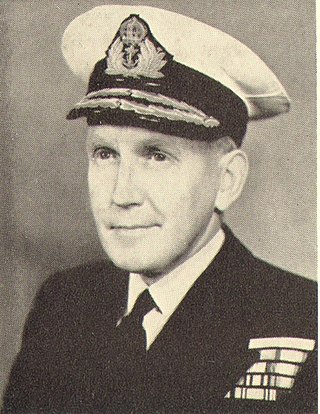
Sir Francis Beaufort was an Irish hydrographer, creator of the Beaufort cipher and the Beaufort scale, and naval officer.
A hydrographic office is an organization which is devoted to acquiring and publishing hydrographic information.

The United Kingdom Hydrographic Office (UKHO) is the UK's agency for providing hydrographic and marine geospatial data to mariners and maritime organisations across the world. The UKHO is a trading fund of the Ministry of Defence (MoD) and is located in Taunton, Somerset, with a workforce of approximately 900 staff.

A research vessel is a ship or boat designed, modified, or equipped to carry out research at sea. Research vessels carry out a number of roles. Some of these roles can be combined into a single vessel but others require a dedicated vessel. Due to the demanding nature of the work, research vessels may be constructed around an icebreaker hull, allowing them to operate in polar waters.

Admiralty charts are nautical charts issued by the United Kingdom Hydrographic Office (UKHO) and subject to Crown Copyright. Over 3,500 Standard Nautical Charts (SNCs) and 14,000 Electronic Navigational Charts (ENCs) are available with the Admiralty portfolio offering the widest official coverage of international shipping routes and ports, in varying detail.
The Naval Oceanographic Office (NAVOCEANO), located at John C. Stennis Space Center in south Mississippi, comprises approximately 1,000 civilian, military and contract personnel responsible for providing oceanographic products and services to all elements within the Department of Defense.

Thomas Henry Tizard was an English oceanographer, hydrographic surveyor, and navigator.
Rear-Admiral Sir David William Haslam was a Royal Navy officer.
Rear-Admiral George Stephen Ritchie CB DSC was a British admiral noted for his cartographic and hydrographic work.

Sir Frederick John Owen Evans, was an officer of the Royal Navy. He became a distinguished hydrographer during his career and served as Hydrographer of the Navy.

John Washington was an officer of the Royal Navy, Hydrographer of the Navy, and a founding member of the Royal Geographical Society of London.

The Russian Hydrographic Service, full current official name Department of Navigation and Oceanography of the Ministry of Defence of the Russian Federation, is Russia's hydrographic office, with responsibility to facilitate navigation, performing hydrographic surveys and publishing nautical charts.

Admiral Sir Arthur Mostyn Field, was a senior officer in the Royal Navy who served as Hydrographer of the Navy from 1904 to 1909.
Noel Atherton was a British cartographer in the Admiralty Hydrographic Office; today known as the United Kingdom Hydrographic Office. Chief Civil Hydrographic Officer and Assistant Superintendent of Charts, for the Admiralty between 1951 and 1962.

Sir Herbert Edward Purey-Cust, KBE, CB was an officer in the Royal Navy and Hydrographer of the Navy from 1909 to 1914.

Charles Gepp Robinson was a Royal Navy Officer and hydrographic surveyor particularly noted for his survey work in the west of Scotland.

Vice-Admiral Sir Archibald Day, was an officer in the Royal Navy and Hydrographer of the Navy from 1950-1955. He played an important part in planning the evacuation from Dunkirk in 1940, and wrote a history of the Hydrographic Service.

Admiral Frederick Bullock was a Royal Navy officer noted for his work as a surveyor, particularly in the Thames Estuary.

John Edward Davis (1815-1877) was a Royal Navy officer, hydrographic surveyor and artist, noted for his illustrations of the Antarctic voyage of James Clark Ross (1839-1843) and for his expertise in deep-sea sounding.

Arthur Guy Norris Wyatt (1893-1982), often known as Guy Wyatt, was a Royal Navy Officer and Surveyor who was Hydrographer of the Navy in 1945–1950.
















